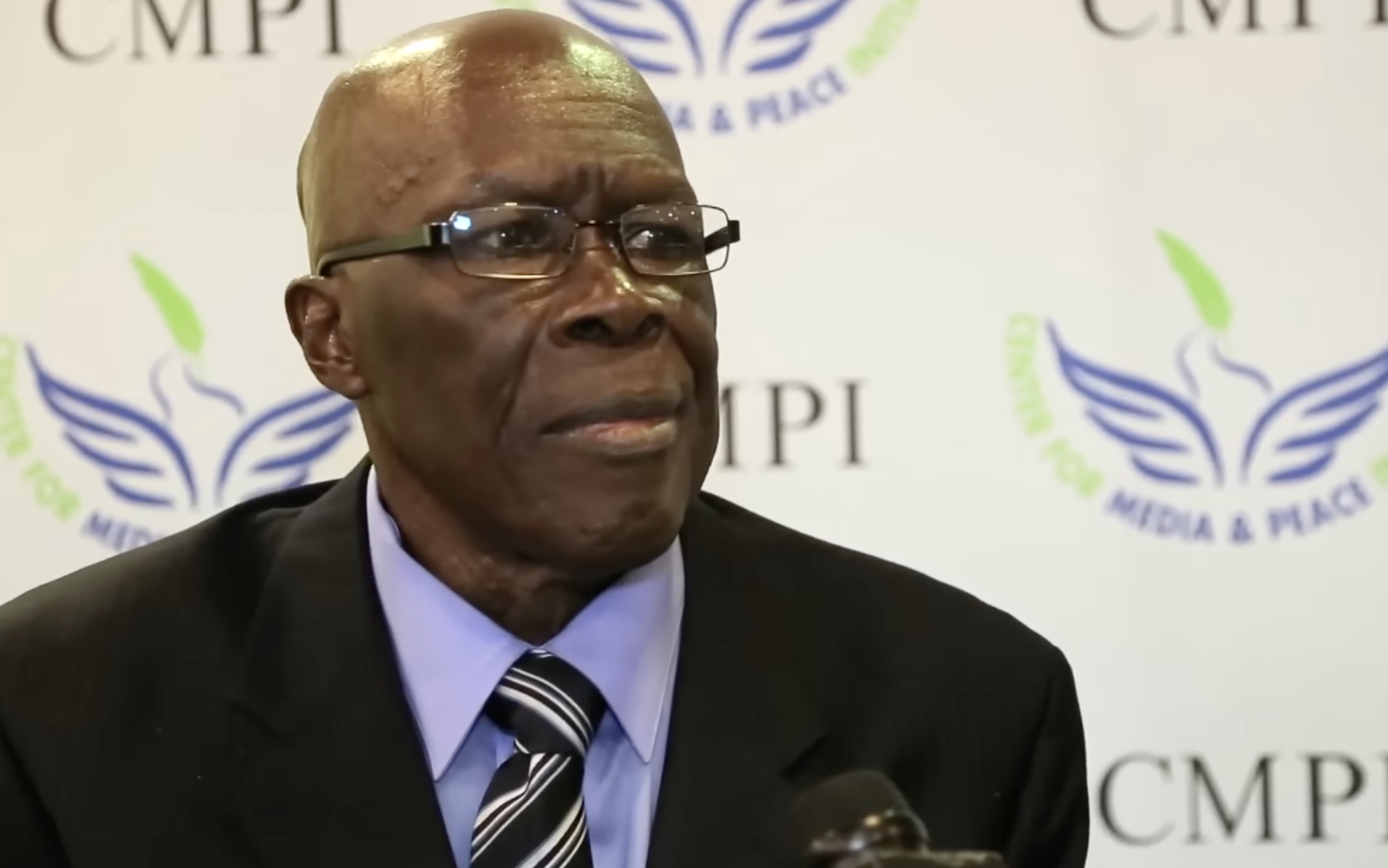MindsEye Review - A Feast for the Eyes, a Headache for the Mind
Oh, MindsEye… where do I even begin?
Maybe with expectations because that’s where my story really started.
Remember when you were a kid and begged your parents for that great looking gadget at your favorite mall? It looked like everything you could want, until you brought it home and realized it was just functional, nothing special. That’s MindsEye in a nutshell.
Directed by Leslie Benzies, former producer of the GTA series, this was a game that came with a lot of expectations, and early trailers didn’t help. They were enriched with dazzling visuals, a futuristic setting, and a story that seemed like it might actually be interesting. But there was something off, something hollow behind the pretty façade.
Gameplay was noticeably absent in those first few official trailers and then came a few snippets, followed by a more fleshed-out overview. And honestly? None of it really clicked for me, but I still went in with an open mind while reviewing MindsEye. 30 minutes into MindsEye, I knew. This wasn’t it and all that pre-launch promise? It wasn’t just overhyped, it felt hollow, and it reminded me of the early days of No Man’s Sky and Cyberpunk 2077.
"And then there’s the voice acting, surprisingly solid across the board, but clearly led by Alex Hernandez as protagonist Jacob Diaz."
Let’s get the good out of the way, because yes, MindsEye does get some things right. Where it absolutely shines is in its cutscenes and I don’t mean just “good for a first attempt” kind of shine. I mean jaw-droppingly slick, some of the most visually impressive cutscenes in recent years. It’s almost like the entire budget bypassed gameplay entirely and was funneled straight into cinematic production. The camera work is sharp and purposeful, the character models are richly detailed, and the facial animations rarely miss a beat.
And then there’s the voice acting, surprisingly solid across the board, but clearly led by Alex Hernandez as protagonist Jacob Diaz. Hernandez doesn’t just play the part, he owns it. You might remember him from Mafia 3, and he brings that same gritty intensity here, elevating every scene he’s in. The supporting cast is fine, even good at times, but it’s Hernandez who carries the emotional weight of the story on his back.
As for that story, well, it’s not groundbreaking, but at the very least it is intriguing. Without spoiling too much, Diaz wakes up with a mysterious implant embedded in his head, no memory of how it got there, and a long journey ahead to uncover the truth. Along the way, he meets a surprisingly large cast of characters, travels through a graphically striking (albeit shallow) open world, and pieces together a lore that was at least interesting enough to keep me invested. No, it’s not a Game of the Year storyline (obviously!), but hey, it’s good enough to make you care about Diaz, and just enough to keep pushing ahead.

"The game does nothing on the strategic front. You take cover, you pop out, you shoot, rinse and repeat."
And then… we get to the actual gameplay. Oh boy.
While reviewing MindsEye, I browsed various online forums just to get a sense of what the broader gaming community thought of it. One comment stood out: “You’ll probably like MindsEye if you’re into 2009-style games.” It made me pause, and then rewind my mind back 16 years. 2009? That was the year we got Uncharted 2, The Saboteur, and Ghostbusters: The Video Game, all excellent third-person shooters that, even today, hold up remarkably well thanks to their punchy combat and design that has aged gracefully. Comparing MindsEye to those titles feels like an injustice, not to MindsEye, but to the legacy of those classics.
As an action-adventure game built around third-person shooting, MindsEye struggles at a foundational level. Don’t get me wrong, combat is functional, but feels weightless and dull, lacking any real sense of impact or feedback for the player. Whether you’re landing shots or taking them, there’s no satisfaction, it all just feels like random noise and reaction. Shockingly, there’s no melee option at all. Unless I missed something crucial in a hidden tutorial, Jacob Diaz is entirely incapable of throwing a punch or engaging in close-quarters combat, which feels like a baffling omission for a game that leans this heavily on action.
The game does nothing on the strategic front. You take cover, you pop out, you shoot, rinse and repeat. There’s no weapon pickup system and absolutely no creative combat strategy options. Even something like The Division 2, which shares a similar cover-based shooting model, manages to inject layers of strategy into its encounters. Here, it’s just mindless exchanges with AI enemies that might be the dumbest I’ve seen in years thanks to their actions largely being restricted to hiding, peeking, or shooting and of course charge at you like zombies. It’s honestly laughable, if not frustrating.

"Graphically, there is no denying the game’s world, Redrock City, is undeniably stunning."
Now let’s talk about the game’s open world or as the developers described it to Eurogamer, a “faux open world.” Remember earlier when I mentioned how amazing the environments looked but felt shallow? That wasn’t just a passing remark, it’s the crux of the problem.
Graphically, there is no denying the game’s world, Redrock City, is undeniably stunning. The texture work is detailed, the lighting during nighttime sequences can be genuinely amazing, and the draw distance is impressive (although marred by strange depth of field effect). Sure, there’s noticeable pop-in from time to time, but the art style and attention to detail help elevate the graphical presentation overall. At a glance, this is a world that feels alive, but the moment you stop and try to interact with it, the cracks start to show.
Despite being called a “faux” open world, Build a Rocket Boy has put in an extraordinary amount of effort to make its world look expansive and yet, somehow, managed to fill it with almost nothing of substance. It begs the question: why go through all the trouble of building such a beautifully crafted city, only to leave it feeling so lifeless? Outside of a few generic holographic events, which boil down to bland side tasks like blowing up cars or eliminating NPCs, there’s simply no reason to explore. There are no story side quests, no world-building lore and no meaningful interactions.
And to make matters worse, the open world feels so disconnected from the core experience that the game doesn’t even include a proper world map. You’re left navigating with a basic mini-map, an absolutely weird decision in 2025, especially for an experience that clearly wants to present itself as grand in scale.

"Certain missions go a step further, occasionally locking you inside a vehicle."
There were moments I’d stop, take a look at the vistas and then wonder what exactly is the point of all this? The game even includes a separate free roam mode detached from the campaign, but it’s packed with the same shallow objectives, the kind that most players will tire of within the first several minutes.
MindsEye made me frustrated because the foundation for something special is clearly there. With this level of visual fidelity and environmental design, the world was begging for side stories, environmental storytelling, or even some light emergent gameplay. Look, I don’t expect every game to be a Grand Theft Auto or Elder Scrolls, but given MindsEye’s setting, it does the bare minimum and hopes you won’t notice. I understand that the developers wanted to focus on a tight, linear narrative but in doing so, they left behind what feels like a massive, wasted opportunity.
And that’s not even getting into the strange, sometimes downright baffling design choices sprinkled throughout the game. Try running over NPCs, nothing happens. Shoot them? Still nothing. Your actions have no consequence and it creates a disconnect that’s hard to ignore, especially in a game like MindsEye that wants to immerse you in its story and world.
Certain missions go a step further, occasionally locking you inside a vehicle. Then there’s the music and score, which are as forgettable as they come. In a game that clearly aims for cinematic presentations, the audio design felt like an afterthought. The music rarely elevates a scene, never enhances the mood, doesn’t drive tension and at best, simply exists in the background, like it was pulled from a stock library.

"The in-game builder is surprisingly robust, allowing users to place enemies, tweak environmental effects and define game logic."
One aspect I came away feeling conflicted about is the user-generated content. During my review, I tried out a handful of pre-built missions, most of them fairly basic scenarios like clearing waves of enemies or racing through checkpoint rings. They work well enough as bite-sized diversions, and I can absolutely see the appeal for players who enjoy quick challenges or arcade-style objectives but I can’t help but wonder how many players will actually stick around for it.
That said, there’s real depth in the creation tools themselves. The in-game builder is surprisingly robust, allowing users to place enemies, tweak environmental effects and define game logic. There’s serious potential here for creative tinkerers to do something interesting, even if the average player might find the tool set a little complex.
The problem, however, is that for any of this to truly take off, MindsEye needs to build and sustain an active community around this feature. And given how underwhelming the core campaign is, it’s hard to tell whether the game has enough goodwill left in the bank to inspire that kind of long-term creativity.
Performance-wise, I tested MindsEye on an RTX 3080 Ti paired with a Ryzen 5950X and overall, the results were okay. Running the game at 1440p with DLSS and every graphical setting set to high, I managed to maintain a generally smooth experience throughout most of the campaign. That said, performance wasn’t flawless. There were noticeable frame drops during more demanding sequences, particularly in high-action chase scenes where things got chaotic on screen.

"As it stands now, the so-called 10-year journey they promised for MindsEye couldn’t have started on shakier ground."
To conclude, MindsEye left me feeling more disappointed than surprised. The red flags were always there, the lack of gameplay in early reveals, the focus on cutscenes, but I still held out hope that it might come together in the end. MindsEye is a textbook case of style over substance.
Yes, the game looks stunning but those visuals are skin-deep. Beneath them lies a structure that feels just functional and, in some cases, unfinished. Core gameplay systems are bland, the open world is hollow, performance needs polish, and while the creation tools have potential, they’re still in beta and I am not sure what kind of support they will receive in the future.
We’ve seen turnarounds before, games that launched in horrendous states (like Cyberpunk 2077 and No Man’s Sky). Whether Build a Rocket Boy can pull off that kind of redemption arc remains to be seen, but as it stands now, the so-called 10-year journey they promised for MindsEye couldn’t have started on shakier ground.












